Filter by
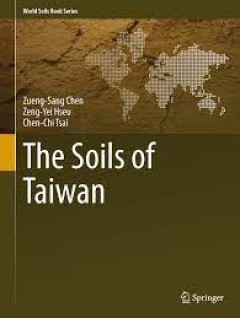
The Soils of Taiwan
This book presents a comprehensive and up-to-date overview on soils of Taiwan. It includes sections on soil research history, climate, geology, geomorphology, major soil types, soil maps, soil properties, soil classification, soil fertility, land use and vegetation, soil management, soils and humans, soils and industry, future soil issues. The book summarizes what is known about the soils in Ta…
- Edition
- -
- ISBN/ISSN
- 978-94-017-9726-9
- Collation
- -
- Series Title
- -
- Call Number
- -
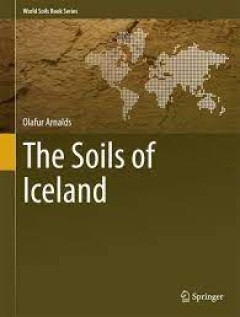
The Soils of Iceland
In this new volume in the World Soil series, the various types of Icelandic soils, their different characteristics, their formation, degradation and erosion are reviewed. At the same time, the book also deals with the agriculture and land use in general to give a complete view of Icelandic soils. The first part details the natural parameters such as the climate and the geography of Iceland. It …
- Edition
- -
- ISBN/ISSN
- 978-94-017-9621-7
- Collation
- -
- Series Title
- -
- Call Number
- -
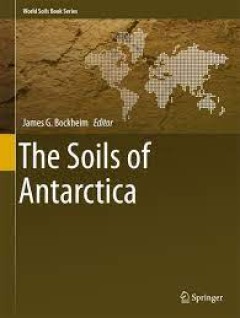
The Soils of Antarctica
This book divides Antarctica into eight ice-free regions and provides information on the soils of each region. Soils have been studied in Antarctica for nearly 100 years. Although only 0.35% (45,000 km2) of Antarctica is ice-free, its weathered, unconsolidated material qualify as “soils”. Soils of Antarctica is richly illustrated with nearly 150 images and provisional maps are provided for …
- Edition
- -
- ISBN/ISSN
- 978-3-319-05497-1
- Collation
- -
- Series Title
- -
- Call Number
- -
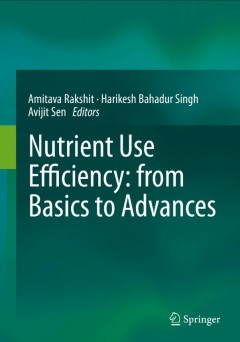
Nutrient Use Efficiency: from Basics to Advances
This book addresses in detail multifaceted approaches to boosting nutrient use efficiency (NUE) that are modified by plant interactions with environmental variables and combine physiological, microbial, biotechnological and agronomic aspects. Conveying an in-depth understanding of the topic will spark the development of new cultivars and strains to induce NUE, coupled with best management pract…
- Edition
- 1
- ISBN/ISSN
- 978-81-322-2168-5
- Collation
- XXIII, 417
- Series Title
- -
- Call Number
- -
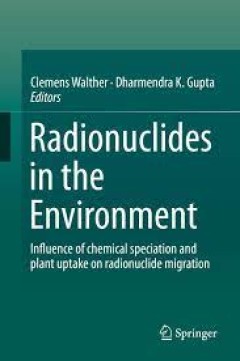
Radionuclides in the Environment Influence of chemical speciation and plant …
This book provides extensive and comprehensive information to researchers and academicians who are interested in radionuclide contamination, its sources and environmental impact. It is also useful for graduate and undergraduate students specializing in radioactive-waste disposal and its impact on natural as well as manmade environments. A number of sites are affected by large legacies of was…
- Edition
- -
- ISBN/ISSN
- 978-3-319-22171-7
- Collation
- -
- Series Title
- -
- Call Number
- -
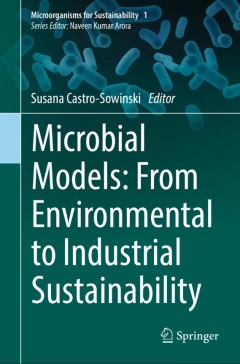
Microbial Models: From Environmental to Industrial Sustainability
This book describes selected microbial genera from the perspective of their environmentally and commercially sustainable use. By focusing on their physiology and metabolism and combining historical information with the latest developments, it presents a multidisciplinary portrait of microbial sustainability. The chapters provide readers descriptions of each genus in the form of microbial model…
- Edition
- 1
- ISBN/ISSN
- -
- Collation
- -
- Series Title
- -
- Call Number
- -

True Truffle (Tuber spp.) in the World Soil Ecology, Systematics and Biochem…
This book focuses on the taxonomic diversity of the genus Tuber as economically important truffles. In contributions by internationally respected scientists, it examines truffle systematics, interactions with abiotic and biotic environments, strategies for spore dispersal, and molecular processes in truffles. Topics discussed include: evolutionary theories and phylogeny of Tuber species from As…
- Edition
- -
- ISBN/ISSN
- 978-3-319-31436-5
- Collation
- 43 b/w illustrations, 28 illustrations in colour
- Series Title
- -
- Call Number
- -
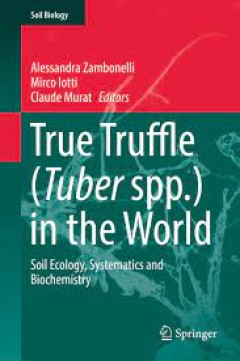
True Truffle (Tuber spp.) in the World
This book focuses on the taxonomic diversity of the genus Tuber as economically important truffles. In contributions by internationally respected scientists, it examines truffle systematics, interactions with abiotic and biotic environments, strategies for spore dispersal, and molecular processes in truffles. Topics discussed include: evolutionary theories and phylogeny of Tuber species from As…
- Edition
- 1
- ISBN/ISSN
- 978-3-319-81040-9
- Collation
- XIV, 436
- Series Title
- Soil Biology
- Call Number
- -
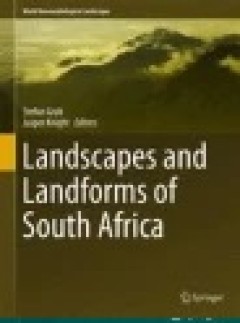
Landscapes and Landforms of South Africa
This book presents a beautifully illustrated overview of the most prominent landscapes of South Africa and the distinctive landforms associated with them. It describes the processes, origins and the environmental significance of those landscapes, including their relationships to human activity of the past and present. The sites described in this book include, amongst others, the Blyde River Can…
- Edition
- -
- ISBN/ISSN
- 978-3-319-03560-4
- Collation
- -
- Series Title
- -
- Call Number
- -
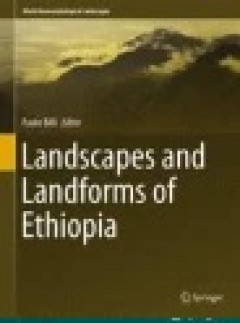
Landscapes and Landforms of Ethiopia
This book provides a succinct but comprehensive presentation of key geomorphological locations and topics including information about geomorphological heritage and maps to visit the most important sites. Apart from often being remarkably scenic, landscapes reveal stories that often can be traced back in time tens of million years and include unique events. This is particularly true for Ethio…
- Edition
- -
- ISBN/ISSN
- 978-94-017-8026-1
- Collation
- -
- Series Title
- -
- Call Number
- -
 Computer Science, Information & General Works
Computer Science, Information & General Works  Philosophy & Psychology
Philosophy & Psychology  Religion
Religion  Social Sciences
Social Sciences  Language
Language  Pure Science
Pure Science  Applied Sciences
Applied Sciences  Art & Recreation
Art & Recreation  Literature
Literature  History & Geography
History & Geography